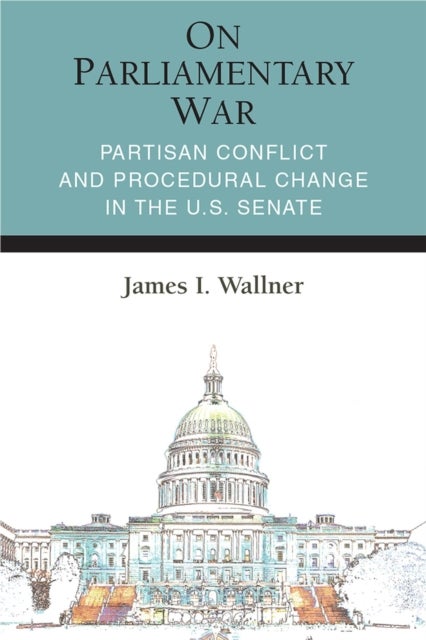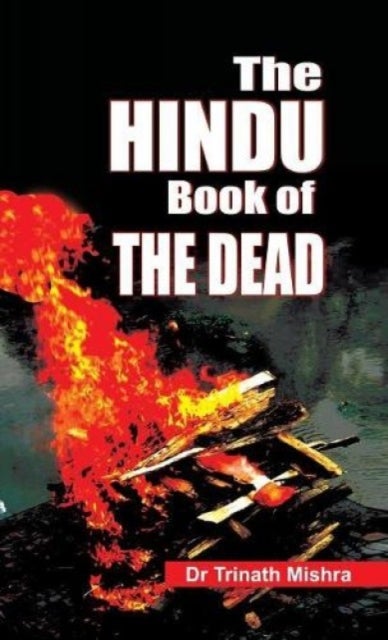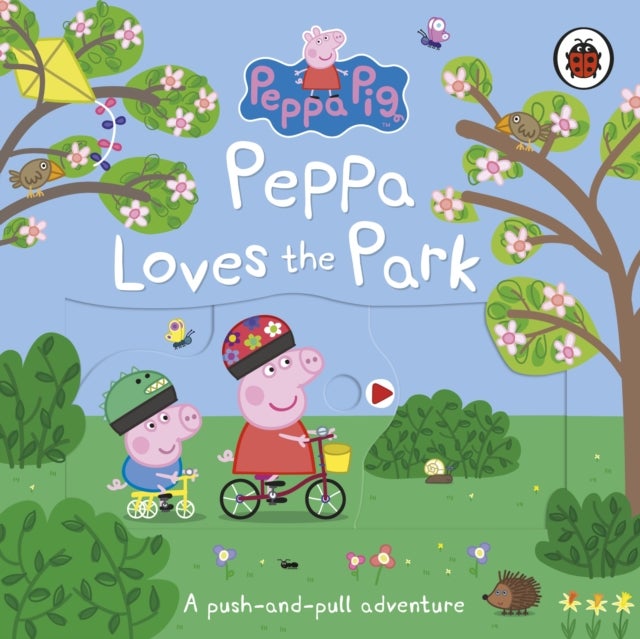
On Parliamentary War av James Ian Wallner
399,-
Presents a new, bargaining model of procedural change to better explain the persistence of the filibuster in the current polarized US political environment, and focuses on the dynamics ultimately responsible for the nature and direction of contested procedural change.








